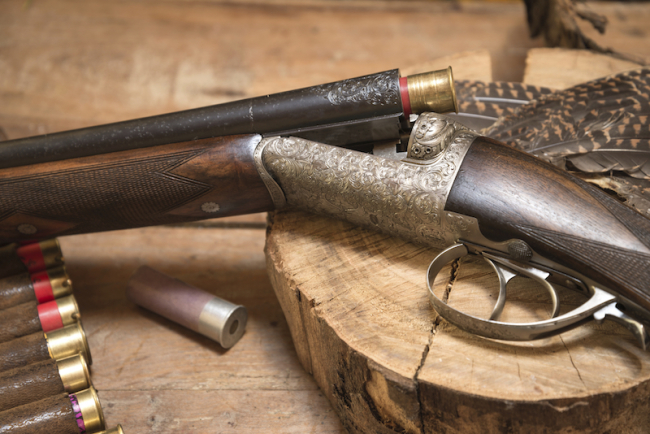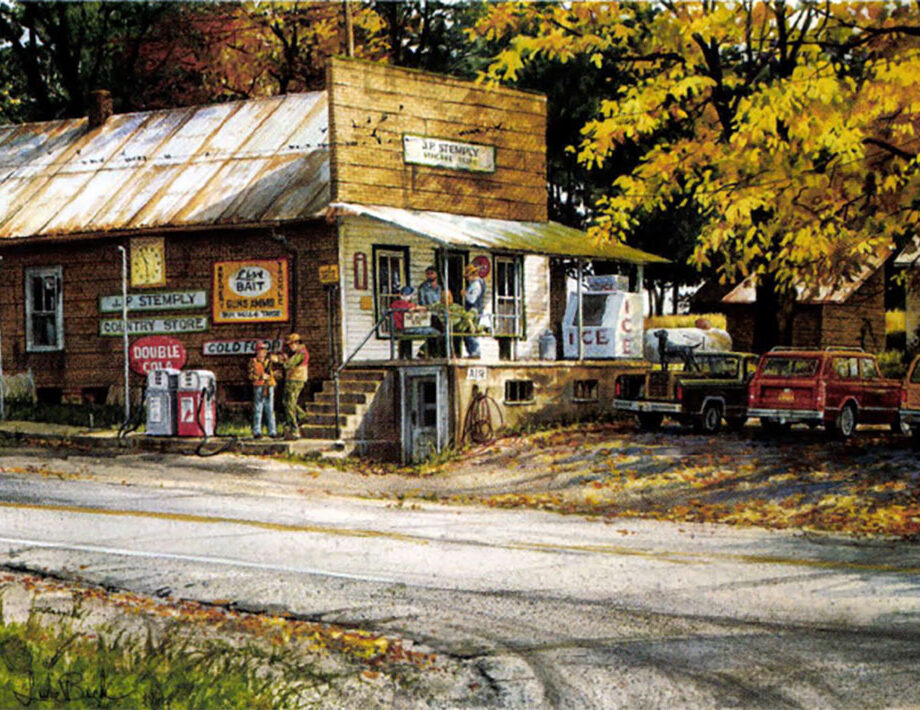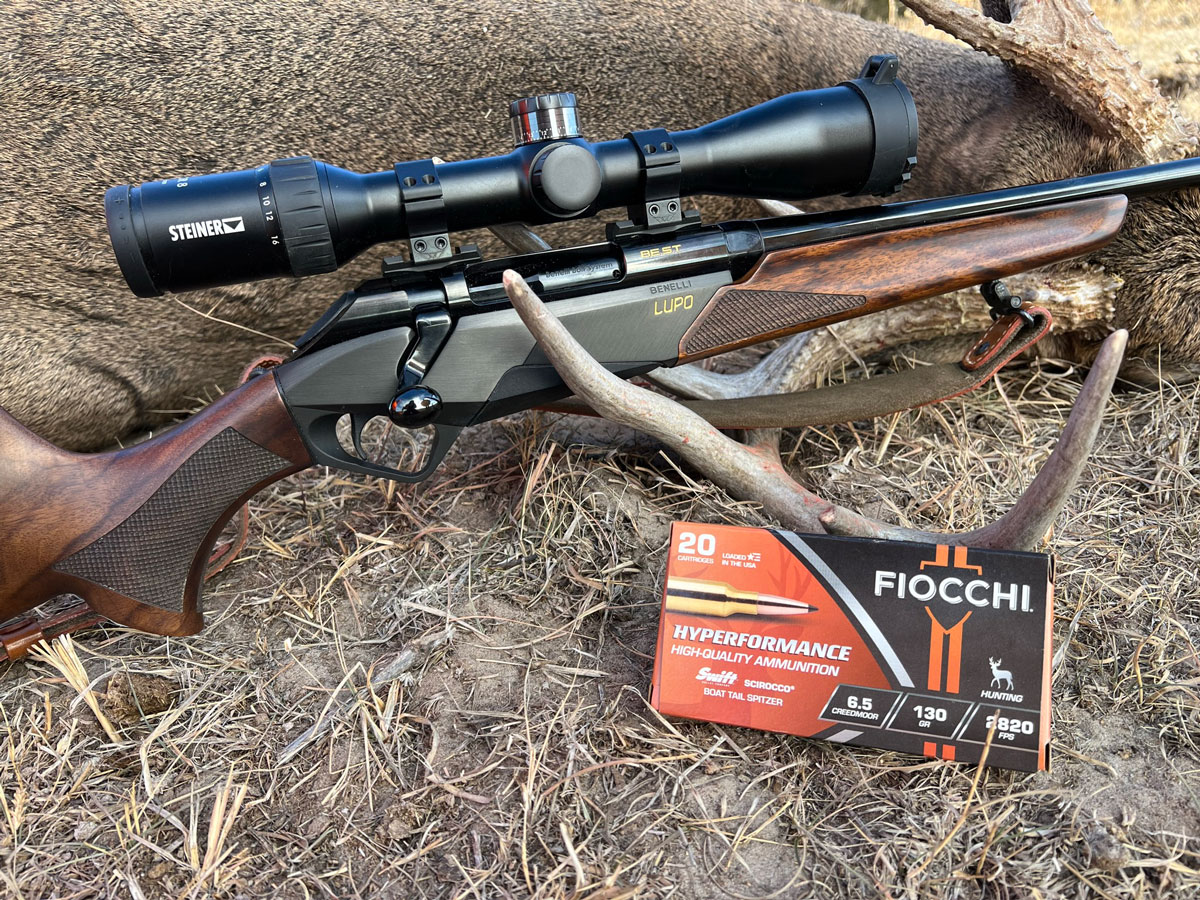With 7,000 firearms and 30,000 related artifacts on display, the Cody Firearms Museum has the world’s most comprehensive collection of American firearms.
Roughhewn men walked the streets with guns. Aggressive kids plinked at cans in backyards and sharp-eyed women blasted glass balls tossed in the air. Such was Cody, Wyoming, in 1896. It must have been a wild, wide-open town, and understandably so. It was founded in part by the producer of the famous Wild West Show, William F. “Buffalo Bill” Cody himself. Cowboys, Native Americans, miners, settlers and adventurers wore, packed, carried, traded, demonstrated and regularly used revolvers, shotguns and rifles around town, but in its wild west heyday, Cody never had as many firearms per capita as it does now – at the Buffalo Bill Center of the West Cody Firearms Museum.
Forget the musty, dusty, boring museums of your childhood. This one is bright, clean, systematically organized and fascinating for anyone interested in guns, ammo and the history they helped create. Whether you’re interested in the role of firearms in warfare, the “taming” of the West, the advancement of wildlife conservation or the evolution of pop culture, you’ll find it at the Cody Firearms Museum, repository of the most comprehensive collection of American firearms in the world.
There are matchlocks, needle guns, flintlocks and caplocks. You’ll find four-barrel pistols and revolving rifles. Handguns, shotguns, rifles and gatling guns. Rimfires and centerfires. Hawken, Colt, Spencer, Sharps, Henry, Winchester, Remington, L. C. Smith, Parker, Ithaca, Stevens, Browning, Savage and Ruger guns.
Altogether, some 7,000 firearms are on display along with more than 30,000 related artifacts from ammunition and saddles to posters, toasters and knives.
Wait a minute. Toasters? Yes, Winchester toasters. And shovels, ice skates, fishing reels and flashlights.
After its massive buildup of manufacturing capacity during WWI, Winchester found itself with loans to pay but no more government contracts to fill. There wasn’t enough consumer demand for guns and ammo to continue funding the giant operation. So Winchester went into the hardware business with Simmons Hardware Company, making nearly anything that would sell. By the late 1920s Winchester was marketing some 5,000 products with the slogan “As Good as Our Guns.”
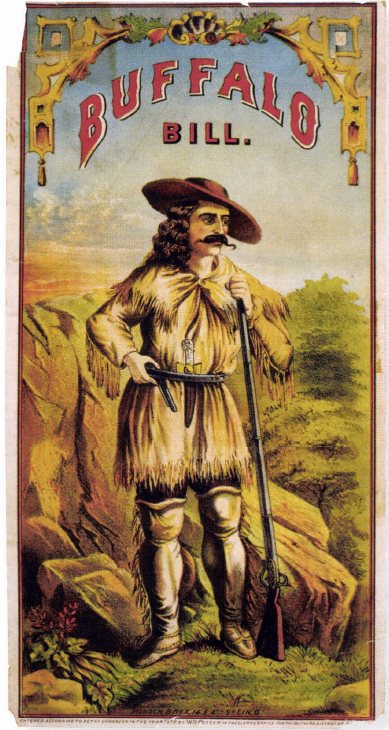 While the guns themselves paint a detailed picture of firearms history, advertising memorabilia is equally informative. Posters, calendars and magazine ads framed in the museum portray a mid-20th century American culture remarkably different from today’s. Blue-eyed, tow-headed boys gaze longingly at passing skeins of ducks while expressing the desire to own a shotgun like Dads! Guns are pitched to junior shooting corps and recommended for training up boys in the responsible ways of men. Mom, Pop and the kids unwrap air rifles ’round the Christmas tree, all smiles. In the “nothing new under the sun” category are plenty of ads using attractive young women to sell guns and ammo. The threat of bodily harm was used to market handguns to women well before the 20th century, too.
While the guns themselves paint a detailed picture of firearms history, advertising memorabilia is equally informative. Posters, calendars and magazine ads framed in the museum portray a mid-20th century American culture remarkably different from today’s. Blue-eyed, tow-headed boys gaze longingly at passing skeins of ducks while expressing the desire to own a shotgun like Dads! Guns are pitched to junior shooting corps and recommended for training up boys in the responsible ways of men. Mom, Pop and the kids unwrap air rifles ’round the Christmas tree, all smiles. In the “nothing new under the sun” category are plenty of ads using attractive young women to sell guns and ammo. The threat of bodily harm was used to market handguns to women well before the 20th century, too.
The cultural aspect of firearms is further explored in the museum’s extensive presentation of the history of exhibition shooting in the Buffalo Bill Museum. Here, visitors see and touch artifacts, from guns and clothing to an actual wagon used in productions of Buffalo Bill’s Wild West shows.
Cody marketed “trick” shooting as mass entertainment within his Wild West show – mammoth productions featuring horses, stagecoaches, live bison and as many as 500 players including talent like Dr. F.W. Carver and Annie Oakley. In his shows Cody himself fired bird shot through a smoothbore Winchester M1873 lever-action in .44-40 – not to make it easier to hit tossed targets, but to minimize risk from bullets flying to unpredictable destinations. Tens of thousands of spectators would attend these grand pageants. During a six-month run in London, Buffalo Bill’s Wild West performed over 300 shows and sold 2.5 million tickets.
Less grandiose but no less fascinating were the exhibition shooters of the 20th century like Bob and Becky Munden, Ad and Plinky Topperwein, Topperwein’s protege and 30-year Winchester shooter Herb Parsons and the late Tom Knapp. Their stories, guns, clothing and props are displayed and films of their shooting prowess play regularly.
Exhibition shooters are a natural segue into Hollywood firearms, and the museum has plenty of history on this topic, too.
Movies and television shows have long been an integral part of the myth, lore and popularity of firearms, especially cowboy guns. Many of the guns used by “cowboy action” stars in Hollywood films and TV shows are displayed, including the Lone Ranger’s Colt Single Action Army revolver and the Winchester M71 in .348 Win. that stunt shooter Herb Parsons used to shoot a coin flipped in the air for the 1950 film Winchester ’73. Parson’s off camera performance made star Jimmy Stewart look like a deadeye. Dozens of other Hollywood shows are represented, including Bat Masterson, Bonanza and Johnny Ringo.
In addition to its extensive firearms displays, Cody Firearms Museum offers the general public some unique services. The museum staff can respond, on a limited and complimentary basis, to general questions regarding firearms (no hand-loading, gunsmithing or highly technical inquiries.) The McCracken Research Library houses records on thousands of gun sales and serial numbers. Collectors can take advantage of the Cody Firearms Museum Records Office to acquire information about firearms manufactured by Winchester, Marlin and L.C. Smith, for a fee. With five museums in one sprawling complex, the Buffalo Bill Center of the West is, if anything, underselling this spectacular collection. Many consider this the grandest collection of 19th and 20th century western history and artifacts in the world, and the firearms in the Cody Firearms Museum beat at the heart of it.
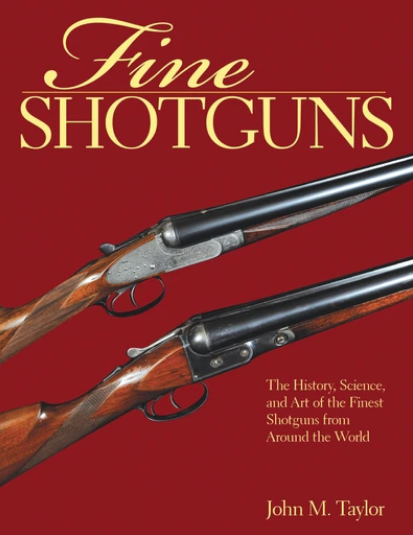 In Fine Shotguns, expert John M. Taylor offers a global view of shotguns using photographs and descriptions of guns from the United States, Britain, Germany, Austria, France, Spain, and Italy. Here are all types of shotguns: single barrel, double barrel, combination guns, hammer shotguns, paired shotguns, special-use guns, small-bore shotguns, shotgun stocks or shotguns with metal finishes, and bespoke shotguns. This all encompassing guide includes sections on how to care for and storage your weapon, what accessories are available for your model, and how to choose the perfect traveling case.
In Fine Shotguns, expert John M. Taylor offers a global view of shotguns using photographs and descriptions of guns from the United States, Britain, Germany, Austria, France, Spain, and Italy. Here are all types of shotguns: single barrel, double barrel, combination guns, hammer shotguns, paired shotguns, special-use guns, small-bore shotguns, shotgun stocks or shotguns with metal finishes, and bespoke shotguns. This all encompassing guide includes sections on how to care for and storage your weapon, what accessories are available for your model, and how to choose the perfect traveling case.
John M. Taylor began hunting with his father at age five. For the past thirty-five-plus years, he has written for major outdoor publications, including Petersen’s Hunting, Gun Dog, The American Rifleman, Outdoor Life, and more. He is currently the shotgunning editor of Sports Afield, Delta Waterfowl, and Pheasants Forever magazines. He lives in Lorton, Virginia. Buy Now

